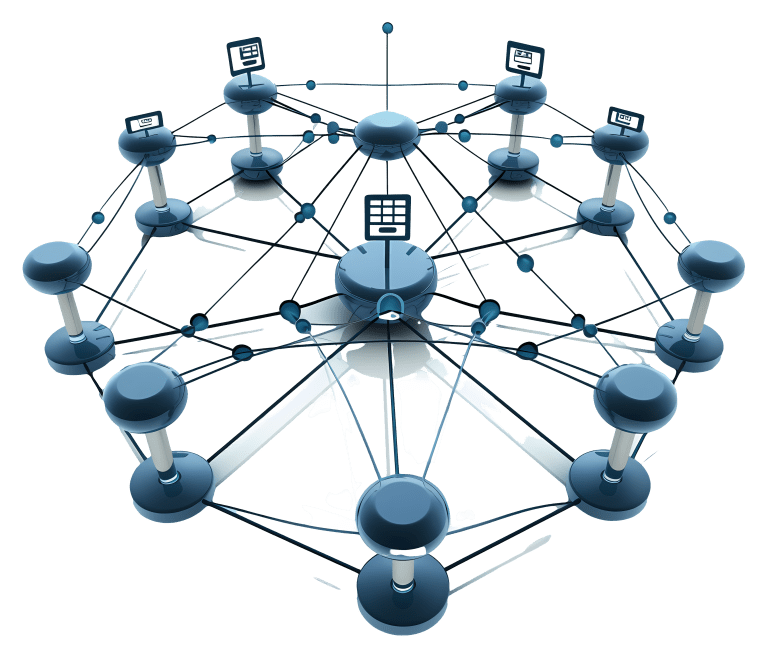The key to safeguarding your organization from cyber threats is to understand and manage your attack surface. Let’s take a closer look at how you can identify and manage your attack surface.
Identifying Attack Surface
Internal Attack Surface
- Network Inventory: Map out all network devices, including routers, switches, firewalls, and servers.

- Application Inventory: Identify all applications used within the organization, including custom-built, third-party, and cloud-based applications.
- Endpoint Inventory: Create an inventory of all endpoints, such as desktops, laptops, mobile devices, and IoT devices.
- User Accounts and Privileges: Review user accounts and their associated privileges to identify potential risks.
External Attack Surface
- Web Applications and APIs: Analyze the security posture of your web applications and APIs, including vulnerability scanning and penetration testing.
- Third-Party Services: Assess the security practices of third-party vendors and partners.
- Cloud Infrastructure: Identify all cloud resources, including storage, compute, and network services, and assess their security configurations.
- Social Media Profiles: Review the content and privacy settings of your organization’s social media profiles.
Specific Considerations for Attack Surface Identification
- Shadow IT: Identify and assess unauthorized IT systems or applications used within the organization.
- Mobile Devices: Consider the security risks associated with mobile devices, including data loss, malware, and unauthorized access.
- IoT Devices: Evaluate the security of IoT devices and their potential impact on the overall attack surface.
- Cloud Security: Assess the security posture of cloud services, including data encryption, access controls, and vulnerability management.
- Supply Chain Security: Evaluate the security risks associated with your supply chain, including vendors and suppliers.
Managing Your Attack Surface
- Prioritization: Focus on mitigating high-risk vulnerabilities and assets first. Consider factors like the potential impact of a breach, the likelihood of exploitation, and the cost of remediation.
- Patch Management: Implement a robust patch management process to address vulnerabilities promptly.
- Access Controls: Implement strong access controls to limit unauthorized access to systems and data.
- Network Segmentation: Isolate sensitive systems and data to contain the spread of potential attacks.
- Employee Training: Educate employees about phishing, social engineering, and other cyber threats.
- Incident Response Planning: Develop a comprehensive incident response plan to effectively handle security breaches.
- Continuous Monitoring: Employ threat intelligence feeds and security monitoring tools to stay updated on emerging threats and detect suspicious activity.
- Regular Assessments: Conduct periodic attack surface reviews to identify new vulnerabilities and assess the effectiveness of your security measures.
Tools and Technologies
- Vulnerability Scanners: Identify vulnerabilities in systems and applications.
- Asset Discovery Tools: Discover and inventory digital assets.
- Threat Intelligence Platforms: Provide information about emerging threats and vulnerabilities.
- Security Information and Event Management (SIEM) Systems: Correlate security data to identify potential threats.
- Endpoint Detection and Response (EDR) Solutions: Monitor endpoint activity for malicious behavior.
By following these steps and leveraging appropriate tools, organizations can significantly reduce their attack surface and improve their overall security posture.


